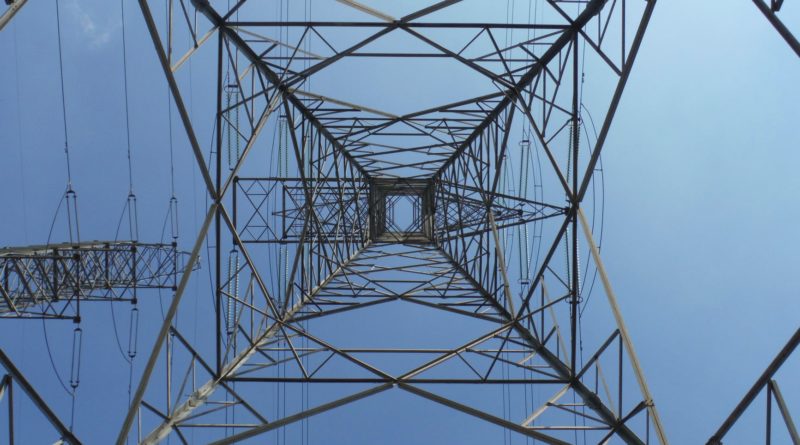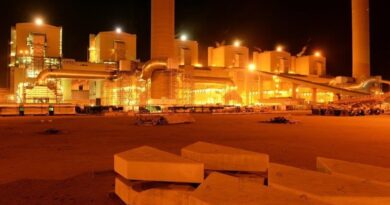How Africa is remaking the grid
The future of energy is electric. As the world lurches towards net zero amid unrelenting climate change, electricity networks will become even more critical to the modern economy. Investments in renewable and decarbonised electricity systems will continue to boom, especially as more sectors electrify their operations.
Nearly 800 million people globally live without access to any electricity, three-quarters of them in Sub-Saharan Africa. Almost half of the world’s population lives without ‘reasonably reliable’ access to power, with frequent outages interrupting their daily lives.
The consumption deficit is staggering: the average Nigerian consumes less than a third of the electricity used every year by a moderately efficient American refrigerator. Sub-Saharan Africa has a persistent lack of electricity access in part due to massive underinvestment in electricity infrastructure.
Most of its public electric utilities are loss-making, with limited ability to maintain existing assets or invest in new ones. This hampers top-down growth in power supply and improvements in the availability, reliability and affordability of power. Stalled or partially complete power-sector liberalisation efforts have allowed investments in generation capacity to grow steadily but have left the transmission and distribution segments behind.
This is a major bottleneck to further electrification and a constraint on off-taker bankability for future generation projects. In adversity lies opportunity. Wood Mackenzie estimates that achieving universal electricity access in Sub-Saharan Africa by 2030 presents a US$350 billion opportunity, nearly one-fifth of it off the grid.
Decentralised, bottom-up, solar-and-storage grids could not only reshape Africa’s energy future but carry important lessons for the next generation of thinking on utility business models globally. The future of energy may be forged in Africa.
POWERFUL FUNDAMENTALS
Due to the rapid decline in renewable energy costs and innovative business models, addressing this chasm of consumption and investment to provide universal, reliable, affordable and decarbonised access to electricity in Sub-Saharan Africa presents a massive and growing market opportunity within the energy transition. Three fundamental macroeconomic trends underpin future electricity demand growth in Sub-Saharan Africa:
- Population explosion: By 2050 Sub-Saharan Africa alone will be home to more than 2 billion people, almost double current levels. While the populations of most of today’s largest economies will shrink over the coming decades, in some cases dramatically, Sub-Saharan Africa will be the only region where the population is still growing in 2100.
- Rapid urbanisation: Some 80% of this population growth is likely to occur in urban areas. The populations of African cities will triple by 2050. By the end of the century, 13 of the world’s 20 biggest urban areas will be in Africa, including the largest three. These sprawling cities will spawn booms in industrial production and increase the need for residential services, public lighting, mass transit systems and personal mobility.
- Structural economic transformation: Four-fifths of Sub-Saharan African economies will double their 2020 gross domestic product by mid-century. Uganda, Tanzania, Mali, Mozambique, Kenya and Ethiopia are forecast to be among the 15 fastest-growing economies globally over the next five years. These growth trajectories have steadily expanded the African middle-class, tripling over the last three decades. They now comprise more than one-third of the continent’s population, in no small part due to new job opportunities from urbanisation.




